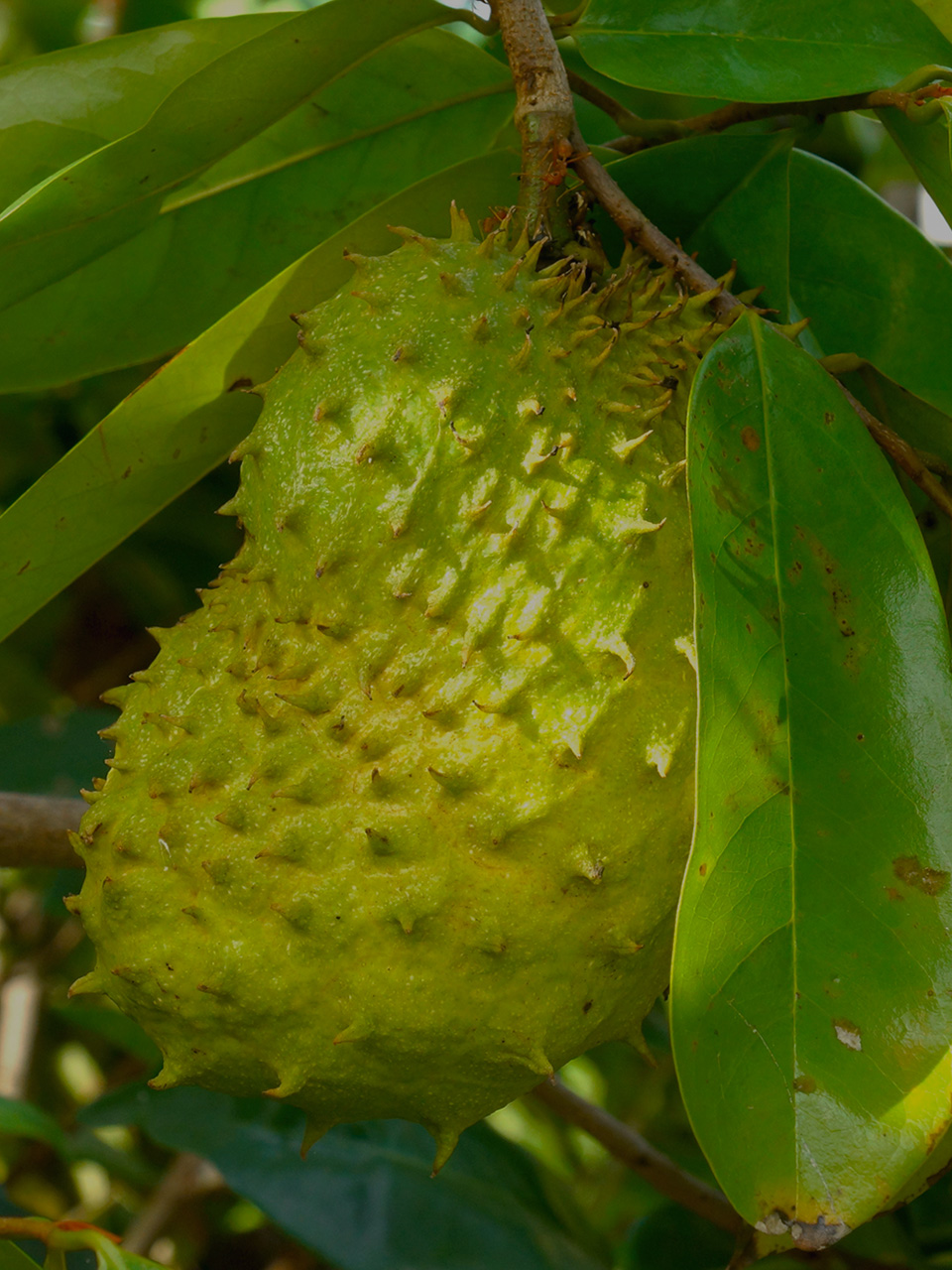With numerous health benefits to its credit, the graviola tree, native to the Amazonian rainforest, is considered a blessing in disguise for people suffering from various health problems.

Tap to Read ➤
Graviola Tree
Abhijit Naik


With numerous health benefits to its credit, the graviola tree, native to the Amazonian rainforest, is considered a blessing in disguise for people suffering from various health problems.

Graviola is an evergreen tree native to the northern region of South America. It is also found in a few countries of Sub-Saharan Africa and Southeast Asia. Also referred to as Soursop, this species is specifically referred to as Guanabana in Spain, Guyabano in Philippines, and Shul-ram-fal or Mullatha in India.

Owing to its numerous health benefits, graviola has become one of the major commercial crops in several parts of the world.

Cultivation
Graviola is a small tree which can grow up to a height of five to six meters. Its leaves are relatively large and green, with a glossy surface. It grows well in areas with high humidity and relatively warm winter. Temperature below 49 °F is harmful for the growth of this species, such that it can even cause the tree to die.

The tree is grown in abundance in Mexico, Caribbean, Central America, Philippines, etc. It is also grown in southern Florida, but the use is restricted to local consumption.

Fruit and Its Uses
The tree is most often cultivated for its prickly, green-colored fruit, which can grow up to a length of 7 to 12 inches and weigh up to 5.5 lb. This edible fruit contains white pulp and black seeds. The pulp is sweet in taste, which makes it an ideal constituent of various candies, ice cream flavorings, and juices.

In some places, it is also used as a dessert, while in some places, fruit bars or ice creams made from this fruit are quite popular.

Benefits
Like we said in the beginning, the graviola tree has numerous health benefits to its credit. It is not just an important source of essential nutrients, but is also widely used to treat various ailments. Its fruit, seeds, leaves, roots, and bark are used to treat a range of ailments.

As far as the nutritional value of graviola is concerned, it is a rich in carbohydrates and certain vitamins. The fruit also helps in maintaining healthy glucose levels in our body.

Owing to their medicinal value, graviola tree seeds, leaves and roots are important constituents of herbal remedies for various diseases. The natives of the regions where these trees are grown use them to ease the symptoms of several ailments including fever and arthritis. In Caribbean, sleeping on its leaves is said to be an effective measure to cure fever.
Owing to its sedative and nerve relaxant qualities, graviola can be helpful in inducing some much-needed sleep in people suffering from insomnia. Its fruit and seeds also help in treating ailments related to stomach―primarily the ones that are caused as a result of parasitic infection.
Graviola tree extract is used to ease the pain associated with ailments like arthritis and rheumatism. The practice of using this extract as an insect repellent is being practiced by the locals since ages. According to some researchers, it also helps in treating and mitigating symptoms of cancer.
A chemical known as Annonaceous acetogenins present in various parts of this tree has the capacity to attack and destroy the cancerous cells in the body.
Even though the graviola tree has great importance in traditional medicine, its benefits are yet to be backed by scientific evidence. As of now, the products of this tree are exclusively marketed as nutritional supplements. However, experts do believe that these products have some side effects and hence, one should be cautious when using them.